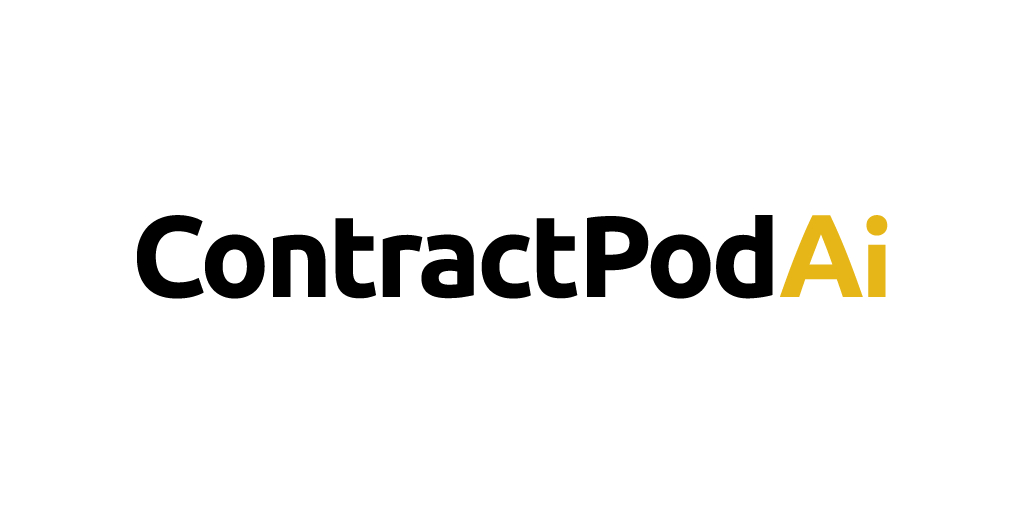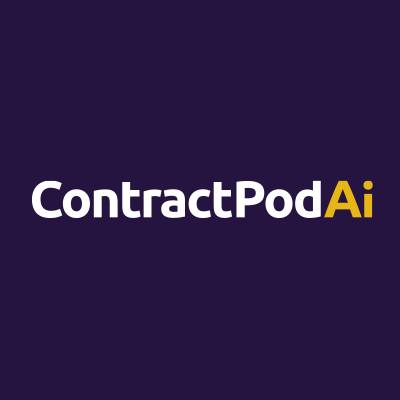
ContractPodAi Legal AI Platform: Complete Buyer's Guide
Transforming legal operations through sophisticated AI
ContractPodAi Legal AI Platform is an AI-native contract lifecycle management platform that transforms legal operations through sophisticated artificial intelligence designed specifically for complex contract analysis and risk assessment.
Market Position & Maturity
Market Standing
ContractPodAi competes in a $1.62 billion market (2024) projected to reach $3.24 billion by 2030 at 12.7% CAGR[48][55]. The platform positions against both established enterprise solutions like Icertis and Conga, as well as emerging AI-native competitors like Evisort and Luminance.
Company Maturity
ContractPodAi demonstrates proven enterprise maturity through substantial customer deployments. Braskem's implementation supporting 1,050 users with 200 daily AI requests represents significant operational scale that validates the platform's enterprise-grade infrastructure and sustained adoption capability[51].
Industry Recognition
ContractPodAi's AI-native design rather than retrofitted automation positions it as a technology leader in legal AI implementation[57].
Longevity Assessment
The platform demonstrates operational stability through sustained enterprise deployments and complex implementation success. Braskem's 12-month implementation requiring multiple training phases and custom template development showcases ContractPodAi's commitment to customer success and long-term partnership approaches[51].
Proof of Capabilities
Customer Evidence
Braskem represents ContractPodAi's most comprehensive documented deployment, scaling to 1,050 users with 200 daily AI requests across global legal teams[51]. Honeywell successfully standardized contract processes using ContractPodAi's Leah functionality, reporting reduced manual work and improved consistency across their legal operations[52]. Hays Recruiting improved contract transparency through SharePoint integration, showcasing ContractPodAi's capability to enhance existing legal workflows rather than replacing them entirely[53].
Quantified Outcomes
ContractPodAi achieved 30% faster turnaround times in pharmaceutical contracts, demonstrating measurable efficiency gains in complex regulatory environments[49][51].
Market Validation
ContractPodAi's positioning among the 15% of AI-powered CLM solutions considered "production-ready" for complex legal reasoning validates its technical maturity relative to market alternatives[47][55].
AI Technology
ContractPodAi's technical foundation centers on its proprietary Leah Intelligence™ platform, which employs a sophisticated multi-LLM architecture for context-aware clause analysis and hierarchical relationship mapping between contract provisions[57].
Architecture
The platform's AI-native design processes contracts through specialized legal language models trained specifically for clause extraction, risk assessment, and compliance monitoring[57][58].
Primary Competitors
ContractPodAi competes against both established enterprise solutions like Icertis and emerging AI-native competitors like Evisort and Luminance[49][51][57].
Competitive Advantages
ContractPodAi's multi-LLM architecture provides theoretical advantages in contract diversity handling compared to single-model competitors[57].
Market Positioning
ContractPodAi positions itself at the forefront of legal AI innovation through its proprietary Leah Intelligence™ technology, which employs a multi-LLM architecture for context-aware clause analysis and hierarchical relationship mapping between contract provisions[57].
Key Features

Pros & Cons
Use Cases
Integrations
Featured In Articles
Comprehensive analysis of AI Lifecycle Management for Legal/Law Firm AI Tools for Legal/Law Firm AI Tools professionals. Expert evaluation of features, pricing, and implementation.
How We Researched This Guide
About This Guide: This comprehensive analysis is based on extensive competitive intelligence and real-world implementation data from leading AI vendors. StayModern updates this guide quarterly to reflect market developments and vendor performance changes.
59+ verified sources per analysis including official documentation, customer reviews, analyst reports, and industry publications.
- • Vendor documentation & whitepapers
- • Customer testimonials & case studies
- • Third-party analyst assessments
- • Industry benchmarking reports
Standardized assessment framework across 8 key dimensions for objective comparison.
- • Technology capabilities & architecture
- • Market position & customer evidence
- • Implementation experience & support
- • Pricing value & competitive position
Research is refreshed every 90 days to capture market changes and new vendor capabilities.
- • New product releases & features
- • Market positioning changes
- • Customer feedback integration
- • Competitive landscape shifts
Every claim is source-linked with direct citations to original materials for verification.
- • Clickable citation links
- • Original source attribution
- • Date stamps for currency
- • Quality score validation
Analysis follows systematic research protocols with consistent evaluation frameworks.
- • Standardized assessment criteria
- • Multi-source verification process
- • Consistent evaluation methodology
- • Quality assurance protocols
Buyer-focused analysis with transparent methodology and factual accuracy commitment.
- • Objective comparative analysis
- • Transparent research methodology
- • Factual accuracy commitment
- • Continuous quality improvement
Quality Commitment: If you find any inaccuracies in our analysis on this page, please contact us at research@staymodern.ai. We're committed to maintaining the highest standards of research integrity and will investigate and correct any issues promptly.